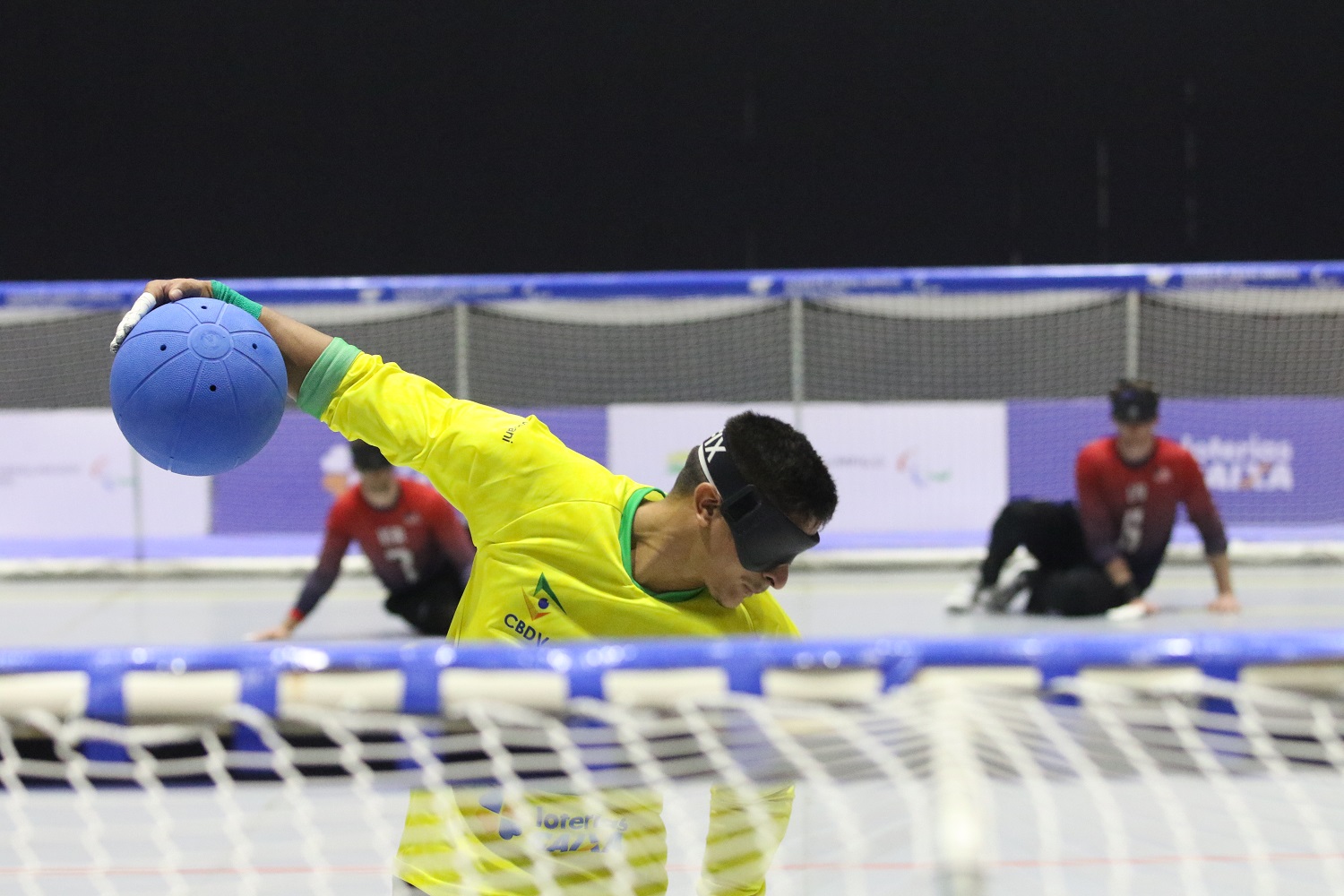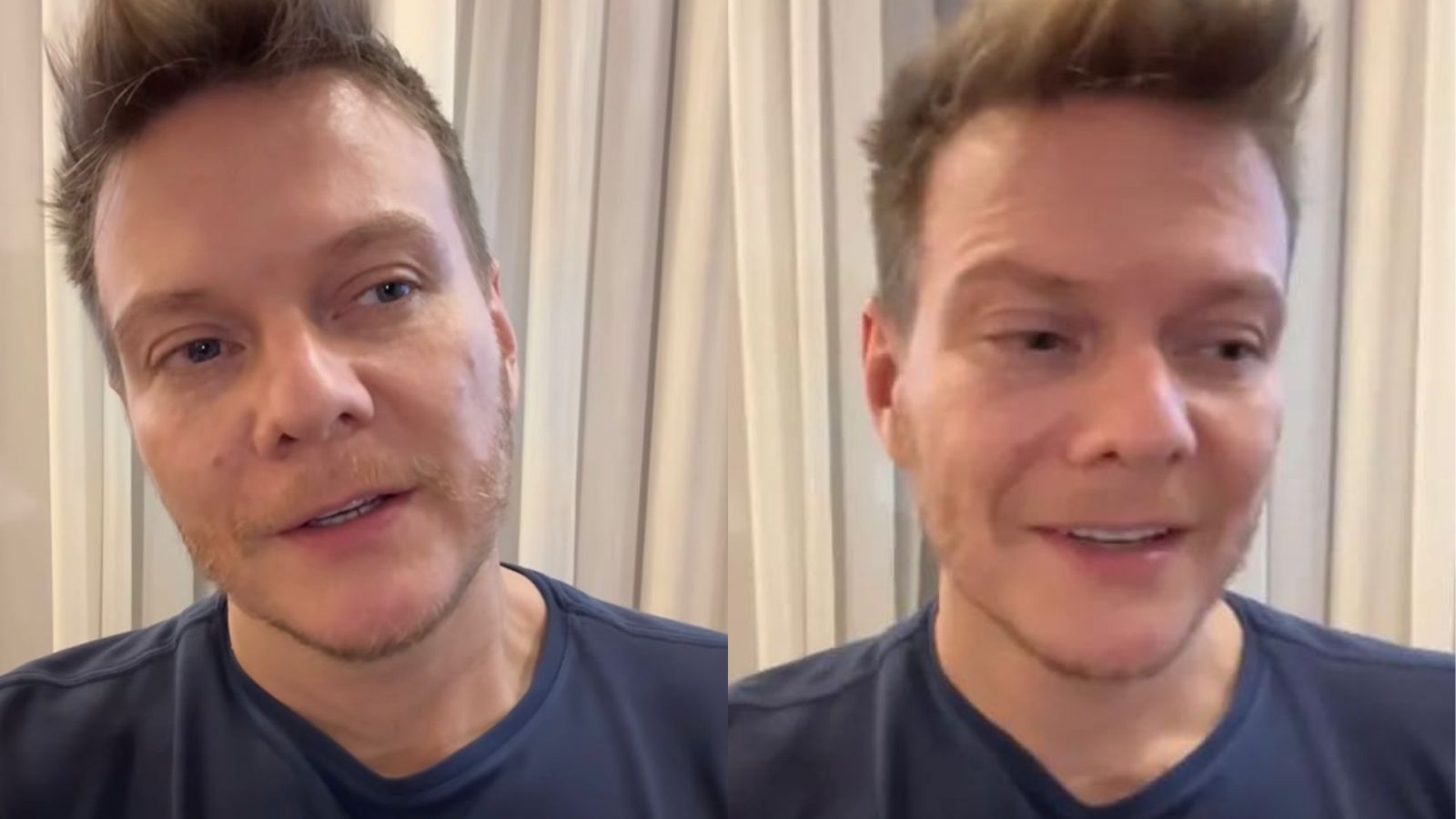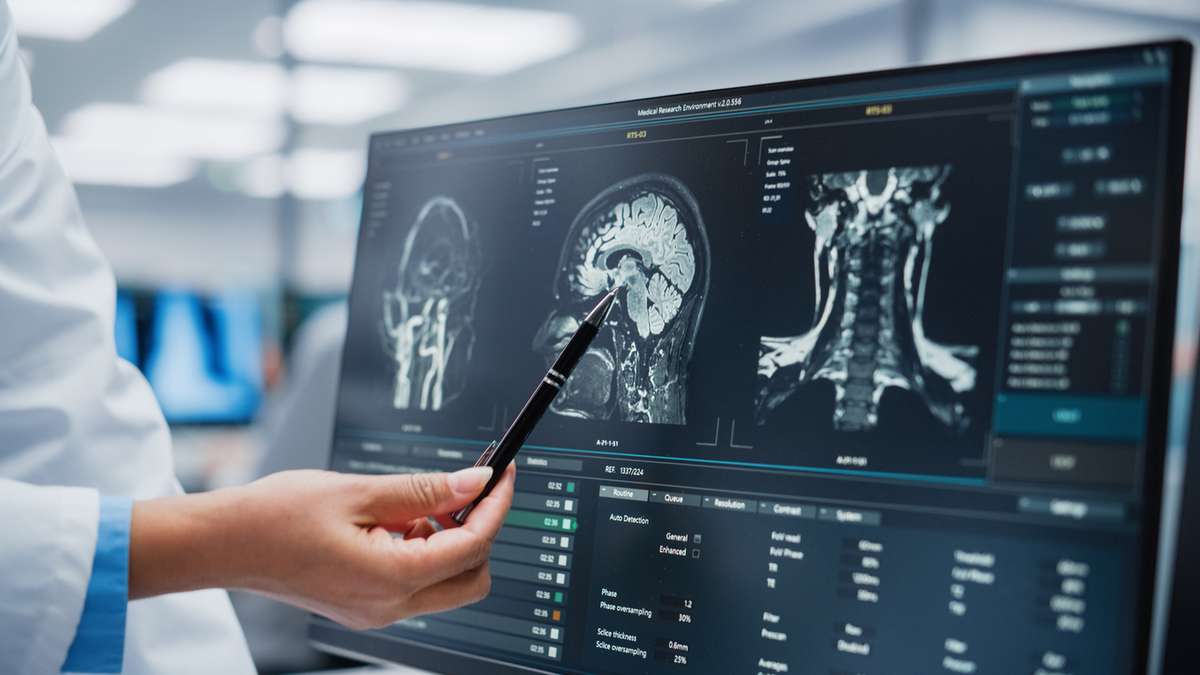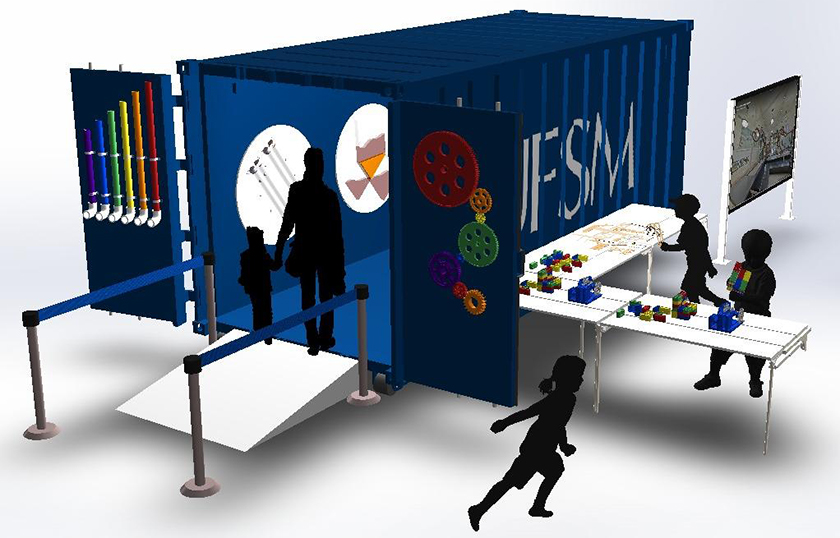By Julia Weber / from UFSM News Agency
Two UFSM projects have been approved in the Notification of the Science Squares Program in Museums, Science and Technology Centers and Scientific-Cultural Spaces of the Funding Authority for Studies and Projects (Finep), linked to the Ministry of Science, Technology and Innovation (MCTI).
The result was recently released and brings even more reasons to celebrate: the project “Dinopraça: Popularization of Paleontology in the Quarta Colônia Unesco Geopark” took first place among 39 approved projects from all over Brazil, winning the maximum value, R$300,000. Another UFSM project selected, “STEAMovel: Hands-on Mobile Education in Science, Technology, Engineering, Arts and Mathematics”, will receive R$296,688.00. The UFSM was the only institution in Rio Grande do Sul to have it The two projects approved by the program.
According to the notification, each institution can register a maximum of two projects. At UFSM, the Dean of Innovation (Proinova), through the Prospecting and Evaluation Centre, issued an internal call, with three proposals submitted. From this standpoint, the evaluation committee selected the two institutional projects that were registered and awarded by Finep. “We understand that it is crucial to approve proposals, and we look forward to notices that seek to advance the research,” he says. Sybil CoutoHead of the Exploration and Valuation Center.
In addition to Proinova, the Dean of Extension (PRE) also provided support in preparing the two projects.
“Dinobraca: Mainstreaming paleontology in the UNESCO Quarta-Colonia Geopark”
The project titled “Dinopraça: Mainstreaming Paleontology in the Quarta Colonia Unesco Geopark” is an initiative aimed at creating a space with a playful appeal, which aims to contextualize paleontology and popularize it to the general population, with an emphasis on children. The proposal, which was approved first among 39 proposals selected by the National Notice of Finep, is the result of a partnership between the Center for Support of Paleontological Research (CAPPA), the Center for Natural and Exact Sciences (CCNE), Proinova and the PRE Geoparks Department.
Participation in the notification, which will bring the project the maximum expected value, was a proposal of Proinova and the Quarta Colônia Geopark office, given the idea of the difficulty that CAPPA has in meeting the demand for the public service, given the large volume of visitors from the center. Thus, they saw the possibility of developing an idea that could alleviate, at least temporarily, the logistical difficulties. The entire project was designed by technical and administrative staff from UFSM, from CAPPA and Geoparks Subdivision. However, in the implementation phase it is expected the participation of teachers and students, as well as the cooperation of staff from the Polytechnic College and the Franciscan University (UFN).
The planned location to house the arena is the outer area of the CAPPA building, in São João do Polícin, and there is still no estimate for the start of implementation or delivery time, as this depends on the release and transfer of resources. The planned structure includes the installation of outdoor equipment, which can be explored by people interested in the paleontology of the area and the activities carried out by the centre. According to CAPPA paleontologist and one of those responsible for the project Flavio Brito“The idea is to create paintings and install sculptures and furniture in the space, which visitors can use freely, without the need for guidance.”
The proposed activities, which explore rare geological features found on the territory of the Quarta Colônia Geopark, constitute an educational complex, according to the PRE Geoparks Subdivision server, Gisele Duarte Bastos. This is because the space will offer playful and immersive proposals, such as sculptures of animals that lived in the area 230 million years ago, relic plants that refer to the flora of the Triassic period, fossil elements (petrified wood) and simulations of fossils, through a box of permanent sand with replicas of the structures. Bones of fossils collected in the area. “The idea behind the proposal was ‘to learn science by playing and having fun in this space,’” says Giselli.

“STEAMovel: Mobile, hands-on learning in science, technology, engineering, arts, and mathematics”
The “STEAMovel: Hands-on Mobile Education in Science, Technology, Engineering, Arts, and Mathematics” project consists of a mobile Science, Technology, Engineering, Arts, and Mathematics (STEAM) museum. Science, technology, engineering, arts and mathematics), installed in a container for visiting schools and events. With Finep’s approval, the proposal for a mobile hands-on learning environment should be strengthened in these areas, enhancing its outreach among children and young people throughout the region.
Project coordinator Professor Macclenny Dalla NoraHe explains, from the Center for Technology (CT), that in the mobile museum, visitors will be able to interact with attractions that promote scientific and technological knowledge through physical contact. Among some of the initial experiments is an augmented reality sandbox for understanding topology; Experiments with moving objects, such as simple pendulums and inclined planes; Mathematical demonstrations for understanding basic engineering formulations. Additionally, the space will provide workshops.”maker“, for which electronic devices and other materials have already been purchased to build prototypes. These interactive experiences are inspired by science and technology museums in Europe and North America, and are presented in Brazil in places such as the PUC/RS Museum of Science and Technology and the Catavento Museum in São Paulo.
The idea came about about two years ago, according to McClenny, and is a joint work between CT and the Dean of Extension (PRE). In 2022, the STEAMovel project was submitted for consideration by the Secretariat of Culture of Santa María and was approved for funding under the Law of Cultural Incentives (LIC) in 2023. The value of these resources amounts to R$60,000, in addition to PRE support and CT scans. Necessary to adapt the experimental container and build the first attractions.
The original proposal, sent to Finep, envisaged building two STEAMovel modules, with at least 15 science teachers each. The project implementation period will be 32 months. The amount of R$ 296.6 thousand authorized by Finep must be transferred throughout this period. We are expected to visit the first schools from mid-2025. “Thanks to the support from UFSM and LIC/PMSM, we have already envisioned, even in 2023, some tracks that are working satisfactorily, which will accelerate the implementation of what was planned.” “He suggested Vinep,” McElhenney says. The strategy of creating a science and technology museum inside a container makes the project modular, so that it can be expanded as financial resources increase…
To read the full text, with more details about the two projects, click here.

“Hardcore beer fanatic. Falls down a lot. Professional coffee fan. Music ninja.”







More Stories
Seeing some signs that may indicate a silent disease
Home treatment for warts with banana peel
From artificial intelligence to the laws of physics, how science can help predict floods | Energy and science